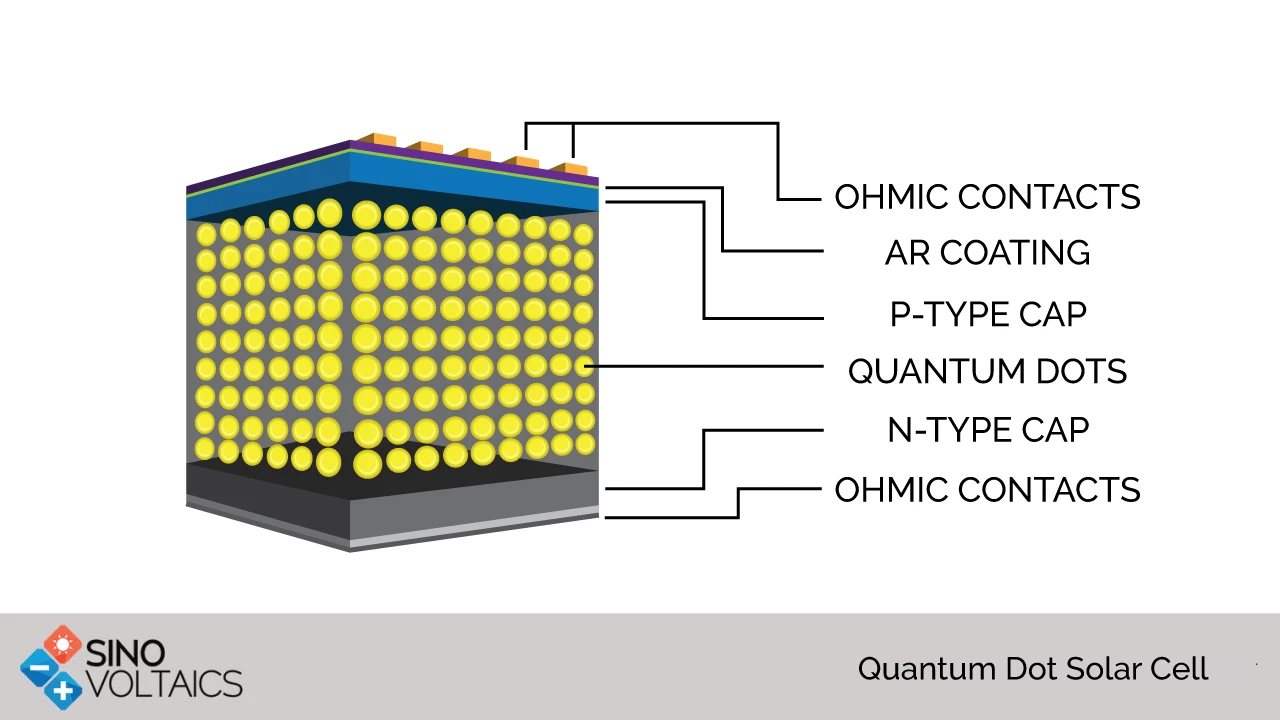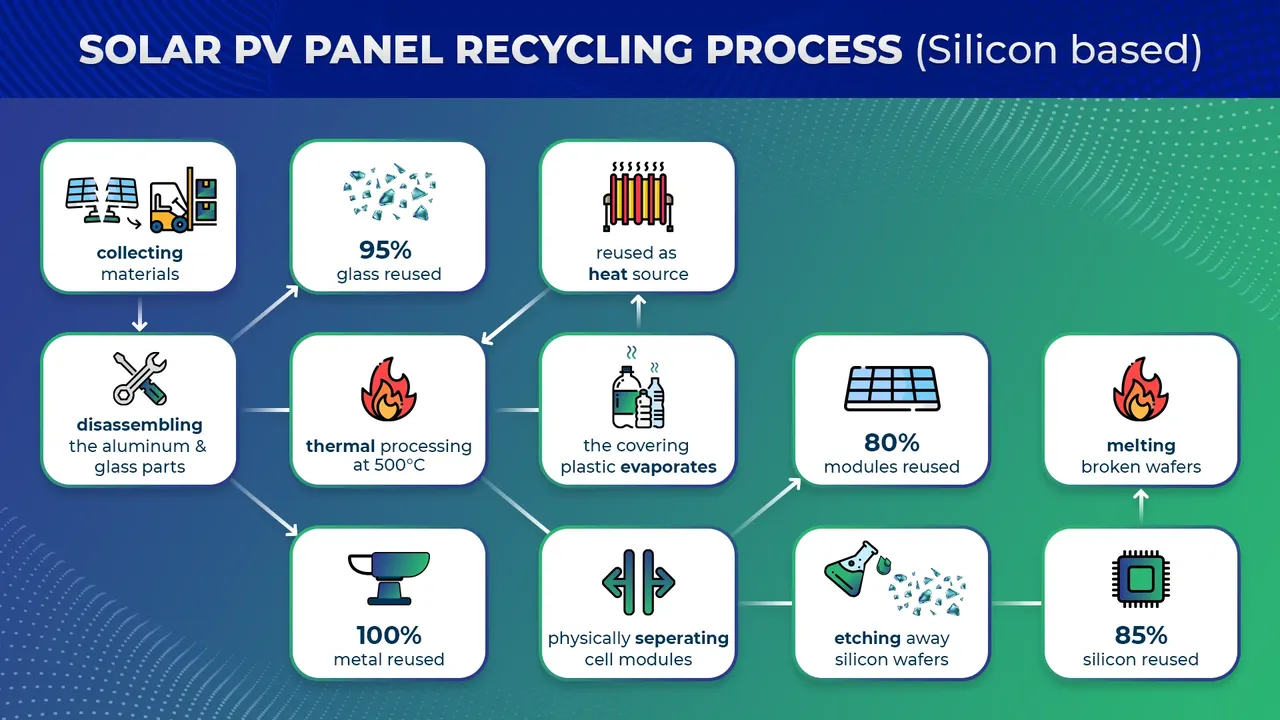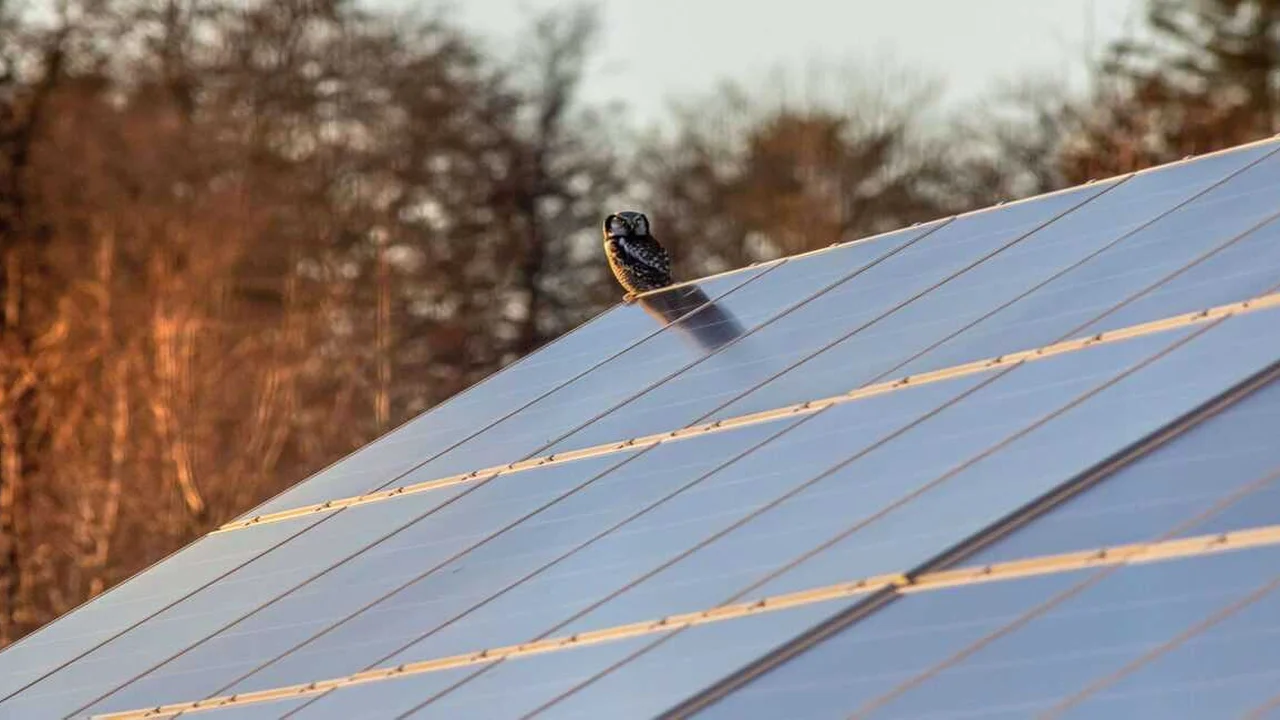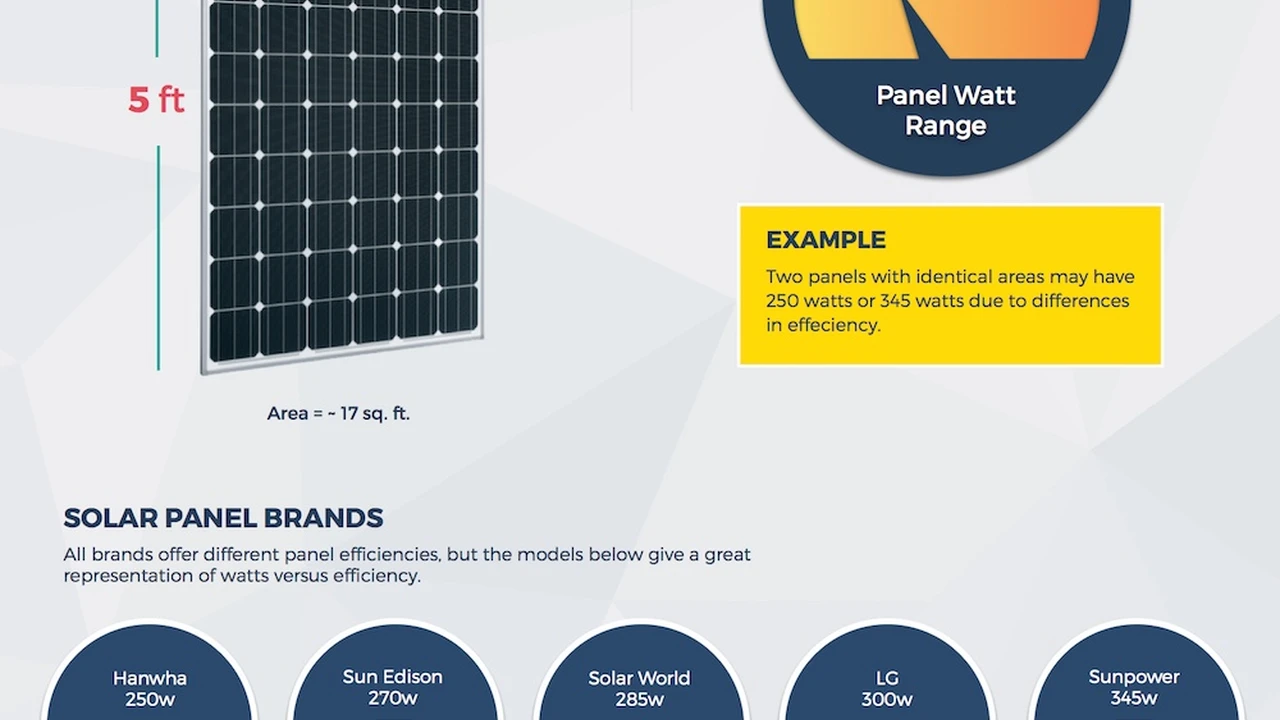Quantum Dot Solar Cells: The Next Generation

Understanding Quantum Dot Solar Cell Technology and Innovation
Hey everyone! Let’s dive into the fascinating world of quantum dot solar cells (QDSCs). You might be thinking, "Quantum dots? Sounds like something out of a sci-fi movie!" And you're not entirely wrong. These tiny little things, we're talking nanometers here, are revolutionizing how we think about solar energy. Traditional silicon solar cells have been the workhorse for years, but they're reaching their efficiency limits. That's where quantum dots come in. They're semiconductor nanocrystals that exhibit quantum mechanical properties, meaning their behavior is governed by the weird and wonderful rules of quantum physics. Specifically, they can absorb light across a wide spectrum and then convert it into electricity much more efficiently than traditional materials. Think of it like a super-efficient light sponge!
One of the coolest things about quantum dots is their tunable bandgap. This means we can control the wavelengths of light they absorb by simply changing their size. Smaller dots absorb shorter wavelengths (like blue light), while larger dots absorb longer wavelengths (like red light). This allows us to create solar cells that are optimized for different parts of the solar spectrum, maximizing energy conversion. It's like having a custom-designed solar cell for every type of sunlight!
Key Advantages of Quantum Dot Solar Cells for Enhanced Energy Conversion
So, why are quantum dots such a big deal? Well, besides the tunable bandgap, they offer several other advantages:
- High Efficiency Potential: Theoretical efficiency limits for QDSCs are significantly higher than traditional silicon cells. We're talking potential efficiencies exceeding 60%! Researchers are constantly pushing the boundaries, and we're seeing impressive gains in real-world performance.
- Low-Cost Manufacturing: Quantum dots can be synthesized using relatively inexpensive solution-based processes. This means we can potentially manufacture QDSCs at a fraction of the cost of traditional silicon cells. Imagine solar panels that are not only more efficient but also more affordable!
- Flexibility and Versatility: QDSCs can be deposited on flexible substrates, opening up possibilities for flexible solar panels that can be integrated into clothing, buildings, and even portable electronics. Think solar-powered jackets or windows that generate electricity!
- Improved Stability: While early QDSCs suffered from stability issues, recent advancements in materials and device design have significantly improved their long-term performance. We're now seeing QDSCs that can withstand harsh environmental conditions for extended periods.
Specific Quantum Dot Solar Cell Product Recommendations and Applications
Alright, let's get to the good stuff: specific products and applications! While QDSCs are still in the development and commercialization phase, there are a few promising products and applications on the horizon:
Perovskite Quantum Dot Solar Cells for Residential Use
Product: Let's imagine a company called "Solaris Future" is developing perovskite quantum dot solar panels for residential use. These panels would be designed to be highly efficient and aesthetically pleasing, blending seamlessly into the roof of your house.
Application: Residential rooftop solar panels, providing clean and renewable energy to power your home.
Usage Scenario: Imagine waking up on a sunny morning, knowing that your home is being powered by the sun, thanks to your Solaris Future QD solar panels. You're saving money on your electricity bill and reducing your carbon footprint at the same time!
Comparison: Compared to traditional silicon solar panels, these QDSCs would offer higher efficiency (potentially 25-30% compared to 18-22% for silicon) and a sleeker design. They might also be slightly more expensive upfront but would offer long-term cost savings due to increased energy production.
Price: A typical 5kW Solaris Future QD solar panel system might cost around $15,000 - $20,000 installed, compared to $12,000 - $15,000 for a comparable silicon system. However, government incentives and long-term energy savings could make them a more attractive option.
Cadmium Selenide Quantum Dot Solar Cells for Portable Electronics
Product: Another company, "NanoPower Solutions," is working on cadmium selenide (CdSe) QDSCs for portable electronics. These cells would be thin, flexible, and lightweight, making them ideal for powering smartphones, tablets, and wearable devices.
Application: Integrated into the screens of smartphones and tablets to provide supplemental power, extending battery life.
Usage Scenario: Imagine your smartphone charging itself while you're using it, thanks to the NanoPower Solutions QDSC integrated into the display. You could potentially double your battery life, eliminating the need to constantly search for a charging outlet.
Comparison: Compared to traditional lithium-ion batteries, these QDSCs would offer a more sustainable and environmentally friendly power source. They would also be thinner and more flexible, allowing for more innovative device designs.
Price: The cost of integrating NanoPower Solutions QDSCs into a smartphone might add $50 - $100 to the retail price. However, the increased battery life and environmental benefits could justify the extra cost for many consumers.
Lead Sulfide Quantum Dot Solar Cells for Off-Grid Power Solutions
Product: A third company, "Global Sun Innovations," is developing lead sulfide (PbS) QDSCs for off-grid power solutions in developing countries. These cells would be robust, low-cost, and easy to manufacture, making them ideal for providing electricity to remote communities.
Application: Solar-powered lanterns and small-scale solar power systems for homes and schools in off-grid areas.
Usage Scenario: Imagine a family in a remote village using a Global Sun Innovations solar-powered lantern to light their home at night, allowing children to study and adults to work after dark. This would significantly improve their quality of life and provide access to education and economic opportunities.
Comparison: Compared to traditional kerosene lamps, these QDSCs would provide a cleaner, safer, and more sustainable source of light and power. They would also eliminate the need to purchase expensive and polluting kerosene fuel.
Price: A Global Sun Innovations solar-powered lantern might cost around $10 - $20, making it affordable for even the poorest communities. A small-scale solar power system for a home might cost around $100 - $200, which could be financed through microloans or community-based funding programs.
Challenges and Future Directions for Quantum Dot Solar Cell Development
Now, it's not all sunshine and rainbows. QDSCs still face several challenges that need to be addressed before they can truly compete with traditional solar technologies:
- Toxicity: Some quantum dots contain toxic materials like cadmium and lead. Researchers are actively working on developing non-toxic alternatives using materials like copper indium sulfide (CIS) and zinc oxide (ZnO).
- Stability: While stability has improved, QDSCs still need to be more robust and resistant to environmental degradation. Further research is needed to improve their long-term performance and reliability.
- Efficiency: While theoretical efficiency limits are high, achieving those levels in real-world devices is a significant challenge. Researchers are exploring new materials and device architectures to improve efficiency.
- Scale-up: Scaling up the manufacturing of QDSCs to meet mass market demand is another hurdle. Developing cost-effective and scalable manufacturing processes is crucial for commercialization.
Despite these challenges, the future of QDSCs is bright. Ongoing research and development efforts are focused on addressing these issues and unlocking the full potential of this exciting technology. We're seeing rapid progress in materials science, device engineering, and manufacturing processes. In the coming years, we can expect to see more efficient, stable, and affordable QDSCs entering the market, transforming the way we generate and use solar energy.
Exploring Different Quantum Dot Materials and Their Impact on Solar Cell Performance
Let's take a closer look at some of the different quantum dot materials being used in solar cell research and development:
- Cadmium Selenide (CdSe): CdSe QDs offer excellent optical properties and have been widely studied for solar cell applications. However, their toxicity is a major concern.
- Cadmium Sulfide (CdS): Similar to CdSe, CdS QDs offer good performance but are also toxic. They are often used in conjunction with other materials to form heterostructures.
- Lead Sulfide (PbS): PbS QDs are known for their strong absorption in the near-infrared region, making them suitable for tandem solar cells. However, lead toxicity is a concern.
- Copper Indium Sulfide (CIS): CIS QDs are a promising non-toxic alternative to CdSe and PbS. They offer good stability and efficiency, but further research is needed to optimize their performance.
- Zinc Oxide (ZnO): ZnO QDs are another non-toxic option with good stability and transparency. They are often used as electron transport layers in QDSCs.
- Perovskite Quantum Dots: These are a newer class of quantum dots showing very high efficiencies and are easier to manufacture than some other alternatives, but long-term stability remains a challenge.
The choice of quantum dot material depends on a variety of factors, including efficiency, stability, toxicity, and cost. Researchers are constantly exploring new materials and combinations of materials to create the optimal QDSC for a given application.
The Role of Quantum Dot Solar Cells in Achieving Sustainable Energy Goals
Ultimately, quantum dot solar cells have the potential to play a significant role in achieving our sustainable energy goals. By providing a more efficient, affordable, and versatile source of renewable energy, they can help us reduce our reliance on fossil fuels and mitigate the effects of climate change. Imagine a world powered by clean, abundant solar energy, thanks to the tiny but mighty quantum dot!
:max_bytes(150000):strip_icc()/277019-baked-pork-chops-with-cream-of-mushroom-soup-DDMFS-beauty-4x3-BG-7505-5762b731cf30447d9cbbbbbf387beafa.jpg)






